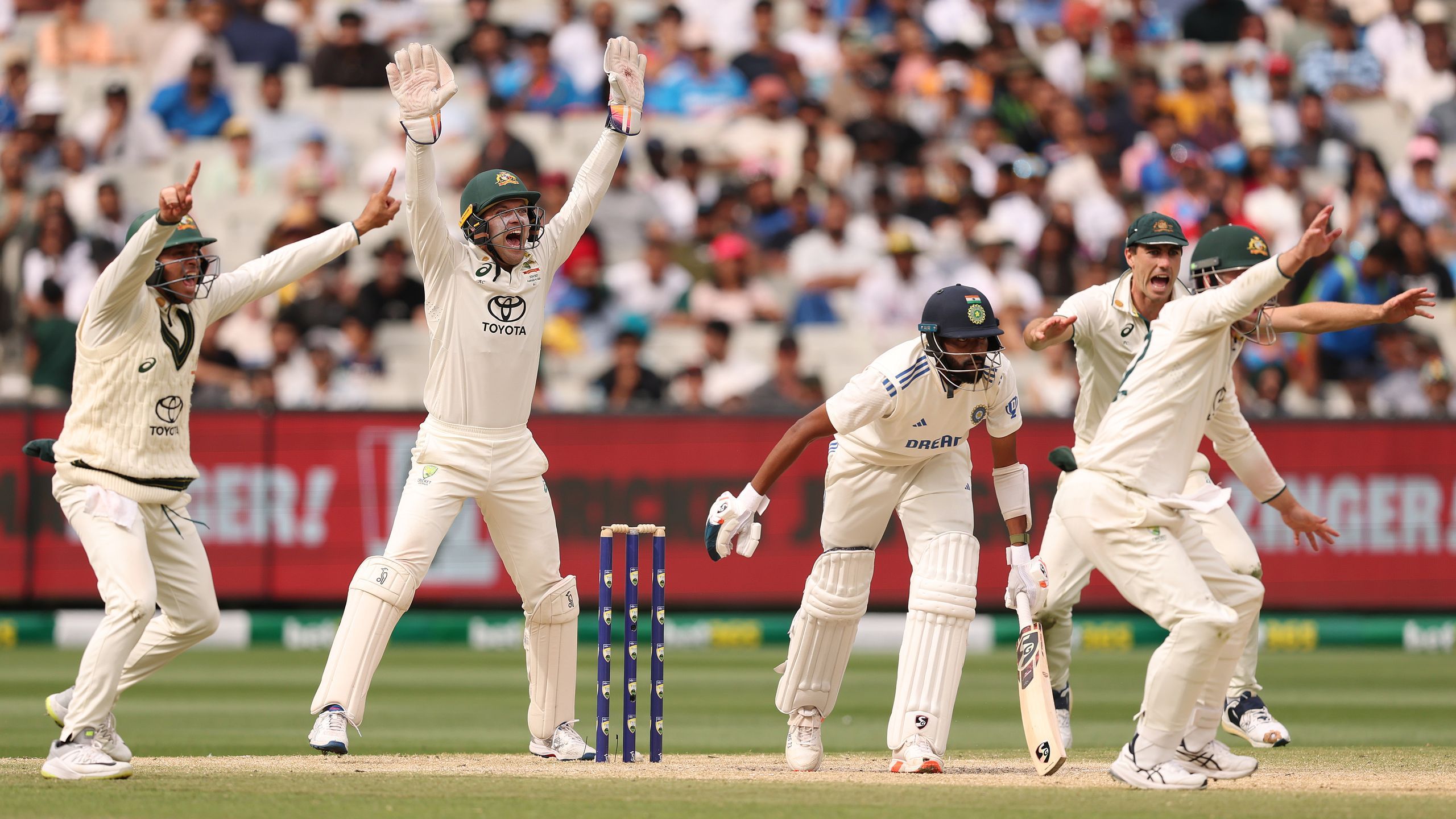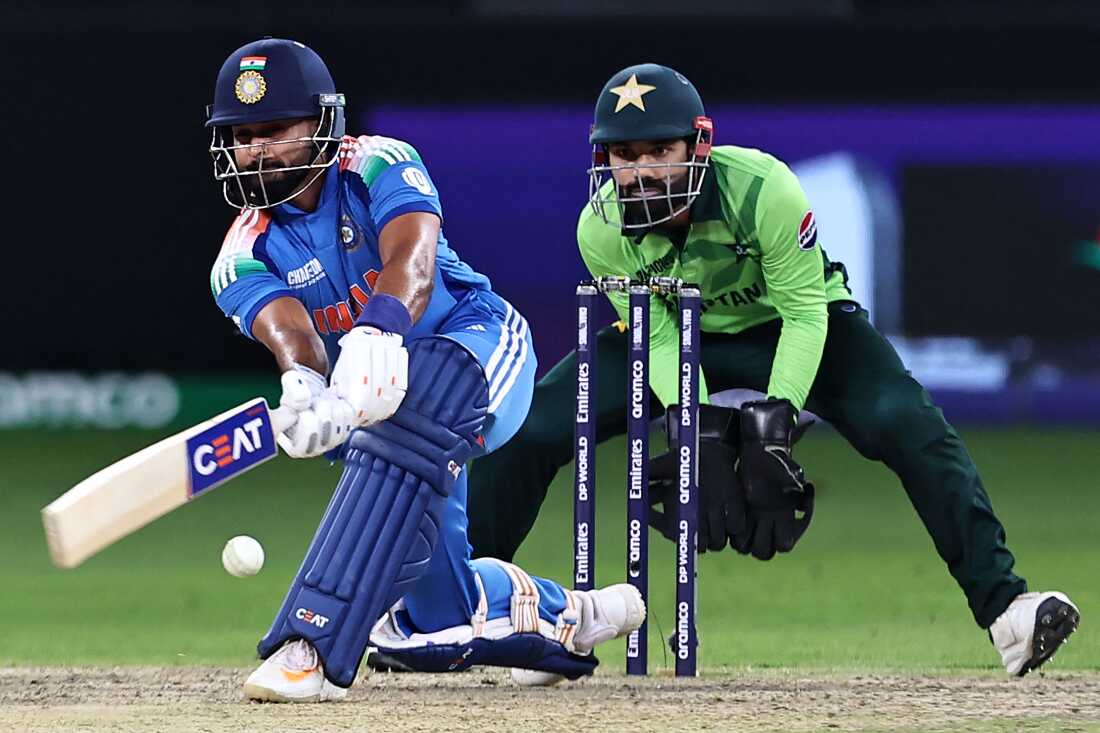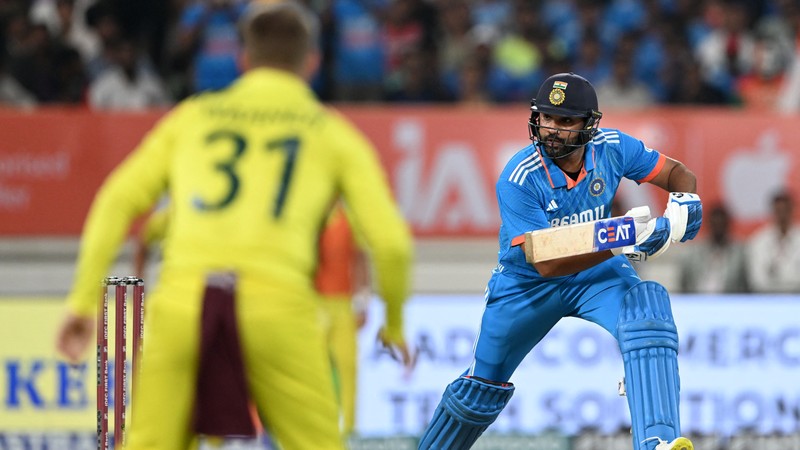Cricket is a sport that is still quite unfamiliar to many. In this article, let’s delve deeper into this sport together!
What is Cricket?
“Crích-kê,” or cricket, for many, is more than just a simple sport. It is a part of the culture, a deep-seated passion in the lives of communities in the British Commonwealth countries. Although known by various local names such as, the essence of cricket remains a strategic and skillful contest between two teams on a circular grass field.
How is Cricket Played?
Each cricket team consists of 11 players. A match involves alternating between one team bowling and the other batting. The ultimate goal is to score as many runs as possible while batting and to limit the number of runs the opposing team can score while your team is bowling, until the batting team’s innings ends.

Most Detailed Cricket Rules
When a match begins, the batting team sends out two batsmen to stand at either end of the “pitch” – a rectangular area in the center of the field. At each end of the pitch is a “wicket,” consisting of three wooden posts (stumps) driven into the ground with two small horizontal pieces (bails) placed on top.
The bowling team selects a bowler who attempts to throw the ball from one end of the pitch towards the wicket at the other end. The aim is for the ball to bounce off the ground and hit the wicket, causing the bails to fall off the stumps. Simultaneously, the fielders of the bowling team position themselves in various parts of the field to catch the batsmen’s hits.
The batsman’s task is to use their bat to hit the ball away, both to protect their wicket and to create opportunities for both batsmen to run back and forth between the two ends of the pitch. Each completed run counts as one point.
The bowling team will try to catch the ball after it’s hit and quickly return it to the pitch area to prevent the batsmen from scoring more runs.
Batsman’s Rules
A batsman’s innings ends when they are dismissed (out) in several ways:
- Bowled: The ball bowled by the bowler directly hits the wicket and dislodges the bails.
- Caught: A fielder catches the ball after the batsman hits it, before it bounces on the ground.
- Leg Before Wicket (LBW): The ball would have hit the wicket but was intercepted by the batsman’s leg (as judged by the umpire).
- Stumped: The wicket-keeper (the fielder behind the wicket) dislodges the bails with the ball when the batsman is out of their crease (the marked area in front of the wicket) while attempting to play and missing the ball.
- Run Out: A fielder throws the ball and hits the wicket while the batsmen are running between the ends of the pitch and have not yet reached their crease.
- Other forms of dismissal include Hit Wicket, Handled the Ball, Double Hit, Obstructing the field, and Timed Out.
When a certain number of batsmen are dismissed (usually 10), or the predetermined number of overs (sets of six legal deliveries bowled by one bowler) has been bowled (in limited-overs formats), the two teams switch roles.

How Points are Scored in Cricket?
Players accumulate points in cricket in several ways:
- Runs: The number of times the batsmen safely run between the two ends of the pitch after a hit.
- Boundary (Four): The ball bounces after being hit and rolls out of the boundary line of the field.
- Six: The ball flies directly out of the boundary line of the field without bouncing after being hit.
- Extras: Additional runs awarded due to errors by the bowling team (e.g., No-ball, Wide).
Popular Types of Cricket
Cricket is not just one single version. Over time, many different formats have emerged, offering varying experiences and pace of play:
- Test Cricket: Considered the pinnacle of cricket, Test matches can last up to five days. Each team has two innings of batting and bowling. It is a test of endurance, skill, and strategy. Currently, 12 nations are full members of the ICC (International Cricket Council) and are eligible to play Test Cricket.
- One Day International (ODI) or Limited Overs Cricket: Emerging in the late 1960s and early 1970s, ODIs limit the number of overs each team can bowl (usually 50 overs per innings). Players typically complete these matches within a single day.
- Twenty20 (T20): The newest and fastest-paced format, each team bats for a maximum of 20 overs. T20 offers high excitement and explosive plays, attracting a large audience.
Cricket, with its combination of individual skill, team strategy, and unique rules, is truly a fascinating and challenging sport. Hopefully, this information provides you with a deeper understanding of this “bat-and-ball sport” and allows you to enjoy exciting cricket matches in the future!



